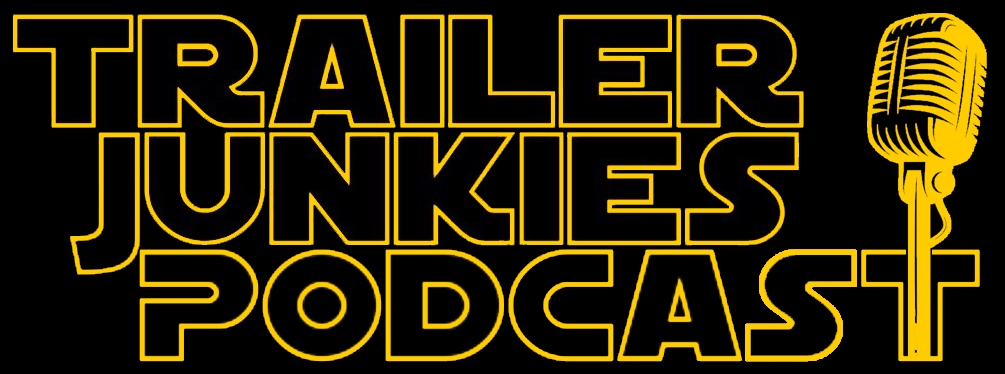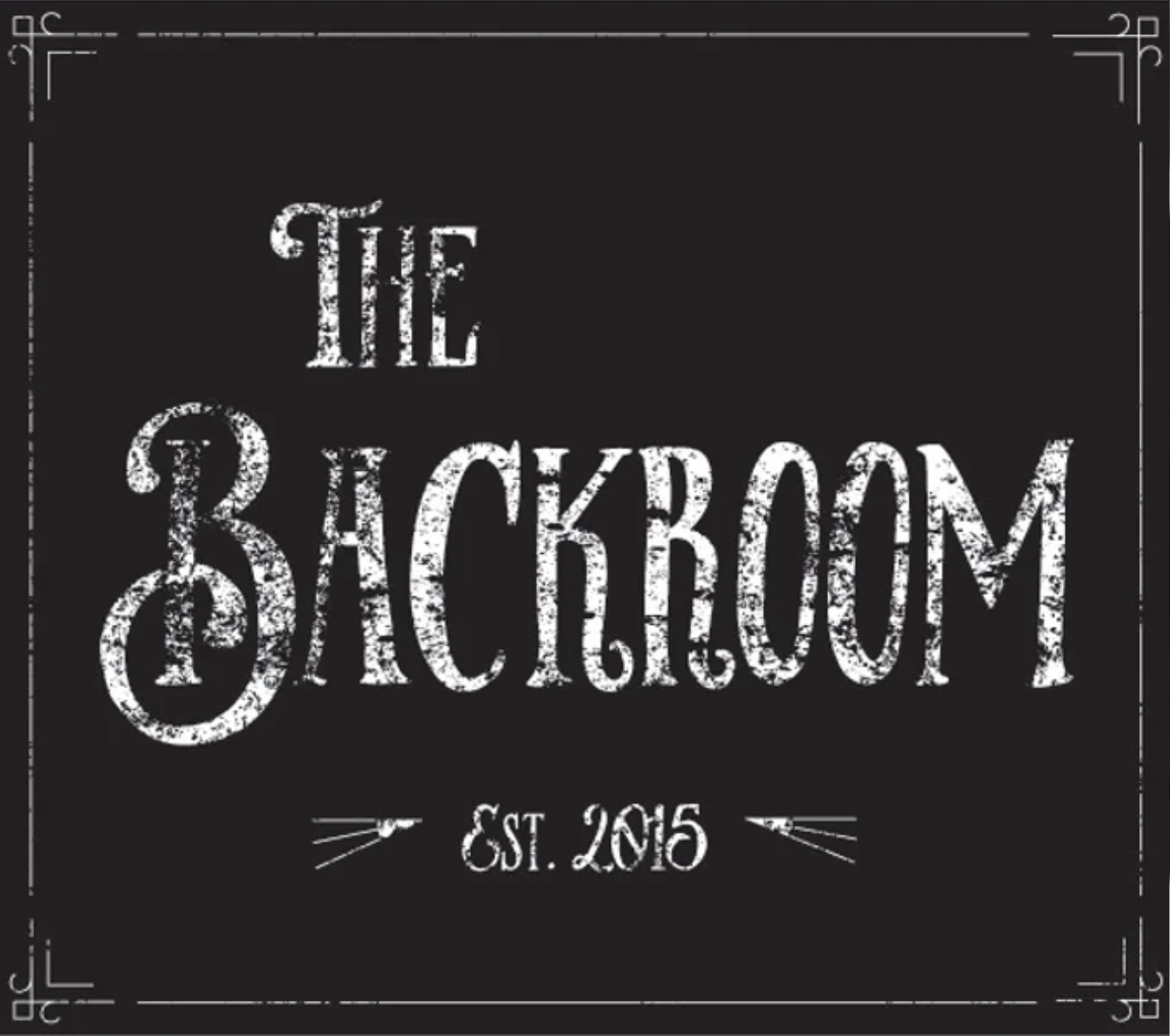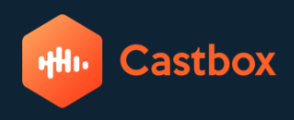Maniac #TJPDeepDive on Episode 1: The Chosen One!
/This limited series is a treatise on the yet to be experienced failure of liberalism in the Patrick Deneen defined sense of liberalism. Superficially anti-consumerism, but at its core it is a condemnation of the rise of the individual. Yet it exists in a streaming service that seeks to super serve the individual and cater to their media desires. Like the troubadours singing love songs with deeper messages of politics, society and religion this story speaks to the dangers of loneliness that could be at the core of our growing mental health crisis punctuated with suicides and mass shootings.
Hypothesis: All souls are on a quest to connect.
Corollary: Our minds have no awareness of this quest.
The rich tapestry shows us “Bladdergate” a seemingly impossible political discussion insinuating that Watergate happened but with the newspaper machine it is still impossible to place this in a time on our collective thread of this time/space timeline.
Let’s list the companies. Ad Buddy, Friend Proxy, PoopBot, Milgrim Industries, etc.
Smoking in the conference room further breaks all
As papa Milgrim asks Owen if he knows what is real, Cary is asking the audience to pay special attention and asking us if we know what is real.
In this shot of the Statue of Extra Liberty a group of tourists are shown the sights as we see a faceless citizen with his back to us plastered with brands advertising CPG (consumer packaged goods)
Once cut off from his trust fund life, that he didn’t seem to want anyway, we get a glimpse into the way AdBuddy works. This allegory for the many micro-marketeers we find online shows an agent with a briefcase full of options for Owen’s new cash-strapped phase. Choose a task or allow yourself to be exposed to a company’s marketing in exchange for the service you could not pay for.
But the options of tasks also hint at the overarching theme of loneliness in this separate thread of existence. In a world without cellphones this is the way companies would access us, on the hats of strangers, on the toilet through the toilet paper.
“The pattern is the pattern” once again the psychotic break Owen is experiencing is cluing the audience into the allegory too. In a world where cell phone did not exist advertising and marketing would still persist and occupy 10% of the GDP. There is no “free lunch” in any universe.
At first this still of Owen’s apartment reminded me of the spartan apartment of Corbin Dallas in The Fifth Element but in this parallel universe the intension is different. The objects here are not Owen’s they belong to the apartment and the futility of his despair is at the point where he is eating dinner watching a guided meditation on ignoring the pattern, reading a book on a quick fix called “No Fix, Just Bliss” and jettisoning his meds because they are not helping him to hold it together enough. By the growth on the pills in his cactus he has been doing this for a while.
Juxtaposed to this consumer existence is the lifestyles of the rich. This is a respite for the audience since it is more similar to a holiday we might be familiar to us. But even here we are reminded this is not our world. The conversation and wardrobe are contemporary but the dinnerware is a contemporary take on medieval metalware. Including George Washington and Middle Eastern touches. This leads to a modernity that is held in stark contrast… (I think I’m quoting Peter Berg’s The Kingdom.)
The Trial begins and we are introduced to the mad scientists with good old fashion drugs. Can I say they addition of this into games of 6 degrees of Kevin Bacon are so much more fun now that we can use Allyce Beasley to connect to all the great Moonlighting actors is amazing, but I digress.
Now a note on production
As the first episode ends let me switch from content to business and why I think this model will reflect a success that will be imitated at all levels of production. The Maniac Model (we should come up with a better name maybe the Somerville/Fukunaga Model). See even there as I write this I fall into an industry mindset of crediting Somerville first since it is a home media engagement. The next bond film will be his and the screenwriter will melt into the background unless it is also Fukunaga, himself. Is Somerville the “showrunner?” Does Fukunaga trump him since we are in a filmmaker’s time/space? Does it matter? It was my understanding that writers ruled television because deadlines were tight and often we needed to write our way out of pickles and stretch episodes to cover weeks were nothing was happening. Now theatrical movies have dates they back into years in advance and small screen producers (I think showrunners will be out as a term as soon as 2019, if it’s not jettisoned prior to that) are given many liberties, dare I say “extra liberties?” with more time and money than even Carlton Cuse can shake a smoke monster stick at!
I knew I felt like this was a continuation of The Leftovers themes of trauma and upheaval but allowed to breath, pause, explore and reframe as the narrative progresses.
I have much more to say on what makes this as groundbreaking as I feel it is but I will unfold that as we dive deeper into the series, episode by episode.































